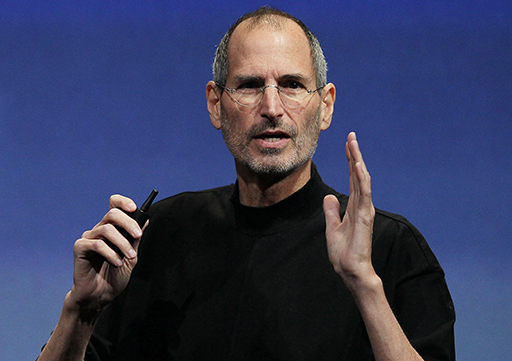1.4 The common myths of creativity
Think of the way in a which a ‘genius’, like the late Steve Jobs of Apple Inc., can come up with creative and innovative products in an apparently effortlessly manner, almost as though his talent was a unique and God-given gift. Is this really the case?

In his book The Myths of Creativity (2014), David Burkus effectively debunks ten of the most persistent perceptions of creativity. The ten myths Burkus discusses are outlined in Table 1 below.
| Myth | Truth | |
|---|---|---|
| Eureka myth | Creative insights happen in a flash. | The creative process requires a time of incubation, where ideas and relevant knowledge linger in the subconscious. Sometimes the ideas connect suddenly, seemingly in a flash, but more often the right connection takes some work after incubation. |
| Breed myth | Creative individuals are a certain type or breed. | There is no evidence supporting a creative gene or creative personality type. There is a wealth of evidence showing that creative potential is inside of everyone. |
| Originality myth | Creative ideas are or need to be wholly original concepts. | All ideas are new combinations of older ideas. The novelty comes from the combination or application, not the idea itself. |
| Expert myth | Innovative solutions are only found by highly trained experts. | Some level of expertise matters, but the most creative solutions come from those on the fringes of the subject area, who know enough to understand but not enough to block their creative thinking. |
| Incentive myth | Creative output correlates with incentives; the higher the incentives, the more creativity. | Creativity is highest when individuals are intrinsically motivated and incentives can actually dampen intrinsic motivation. |
| Lone creator myth | Great creative work happens in isolation, a lone individual slaving away at a problem. | Most breakthrough ideas come from teams formed out of the right network of collaborators. |
| Brainstorming myth | Creativity requires brainstorming to find great ideas. | Brainstorming is a good tool, but the creative process requires several stages. |
| Cohesive myth | The best creative teams are completely cohesive. | Outstandingly creative teams utilise structured conflict and dissent. |
| Constraints myth | Creativity is highest when totally free and unbounded. | Creativity loves constraints. |
| Mousetrap myth | If you have a great idea (‘build a better mousetrap’) the world will readily accept it. | Most great ideas are rejected at first. |
Activity 2 Exploring the myths of creativity
Reflecting on your own experience of creativity and innovation, which myths of creativity do you think are the most prevalent? Why do you think this is the case?
Discussion
As David Burkus has indicated, there are many myths of creativity. At different points in your life you may have felt that some or all of these have merit, yet the reality is somewhat different!
In the next section you will explore the question of where creativity really comes from.
